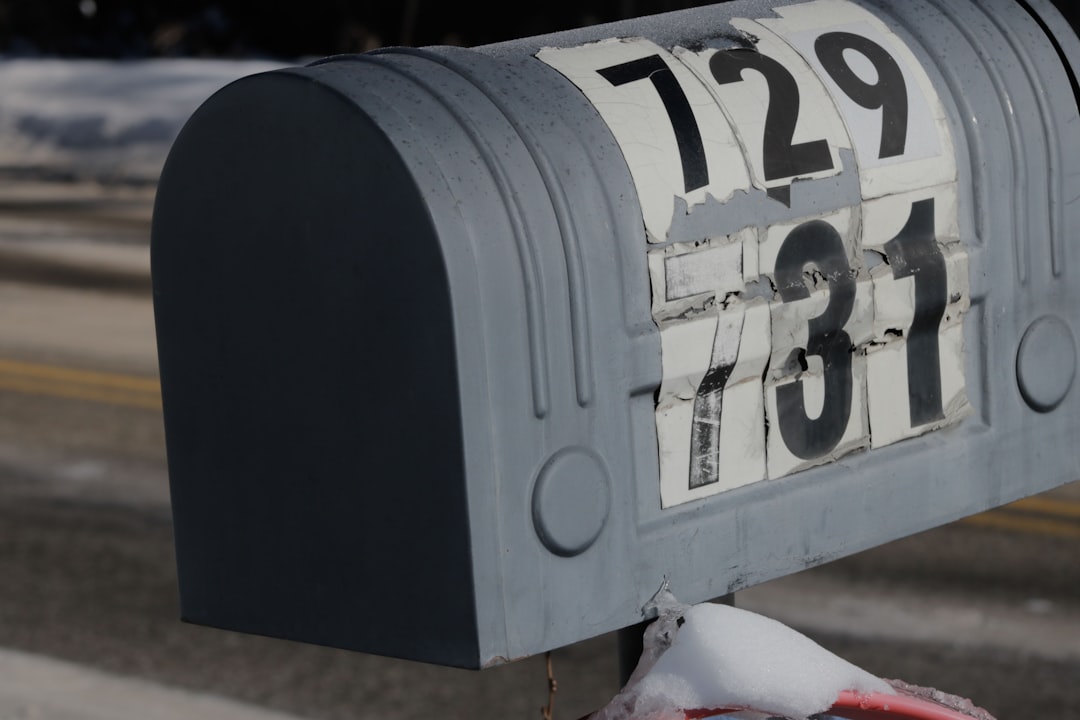
Replacing a mailbox post is a common task in residential construction, impacting both aesthetics and compliance. For professionals, knowing the costs involved is crucial for accurate project planning. The cost to replace a mailbox post can range from $55 to $1,400, depending on materials and labor. This guide provides a detailed breakdown of costs and considerations for construction trades.
• Pressure-treated pine: $55-$95 for DIY, $185-$260 for professional install.
• Cedar or redwood: $260-$375 for professional install.
• Metal posts: $350-$525 for decorative options.
• Masonry columns: $750-$1,400 for custom work.
• Fasteners and anchors: $15-$40.
• Concrete mix: $6-$10 per 50-lb bag, typically two bags needed.
• Mailboxes: $25 for basic, $200+ for locking units.
• DIY: Save on labor but invest personal time.
• Handyman: Moderate cost, limited warranty.
• Licensed contractor: Higher cost, ensures compliance and warranty.
• Soil type: Affects digging time and concrete needs.
• Distance to curb: Longer runs increase costs.
• Demolition: Existing concrete removal adds labor time.
While materials cost similarly for both DIY and professional installations, tool rentals and potential mistakes can increase DIY costs. Contractors offer warranties and insurance, providing peace of mind.
Capture measurements and material choices on-site for instant data conversion.
Access live pricing from local suppliers, ensuring accurate estimates.
Calculate excavation, concrete, and carpentry needs based on site specifics.
Generate branded PDFs for quick client approval, saving office time.
1. Verify no underground utilities.
2. Remove existing post.
3. Dig hole and set post with concrete.
4. Attach mailbox per USPS guidelines.
• Use pressure-treated lumber with decorative caps for style.
• Reuse existing mailboxes if possible.
• Schedule multiple jobs to reduce costs.
Understanding the costs and processes involved in mailbox post replacement empowers construction professionals to make informed decisions. CountBricks provides the tools needed for efficient and accurate project management. Visit CountBricks.com for more information.

A developer needed to replace mailbox posts for 12 homes. CountBricks streamlined the process, offering individualized options without increasing admin time.
• Quick on-site data capture for each home.
• Real-time pricing for cedar and steel options.
• Instant PDF quotes sent to homeowners.
Pressure-treated posts averaged $212, while decorative steel posts averaged $402, increasing project revenue by 28%.
Automation reduced quote preparation from 6 hours to 25 minutes, allowing immediate crew scheduling.
• Batch similar jobs for efficiency.
• Offer tiered material options for upselling.
• Use instant documentation to secure approvals quickly.
CountBricks provides reliable data and tools for efficient project management. Visit CountBricks.com to learn more.